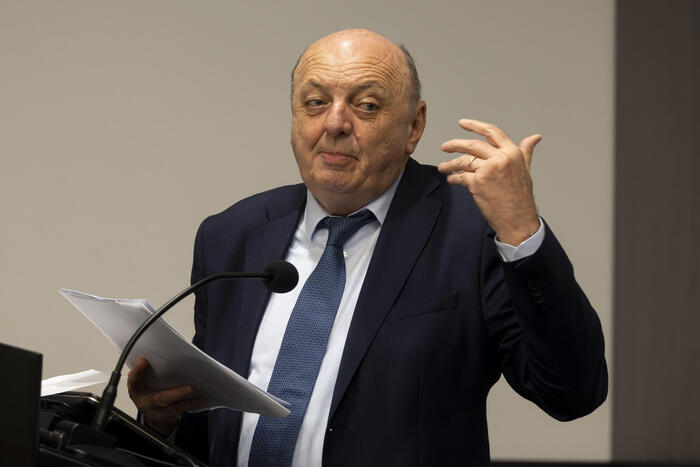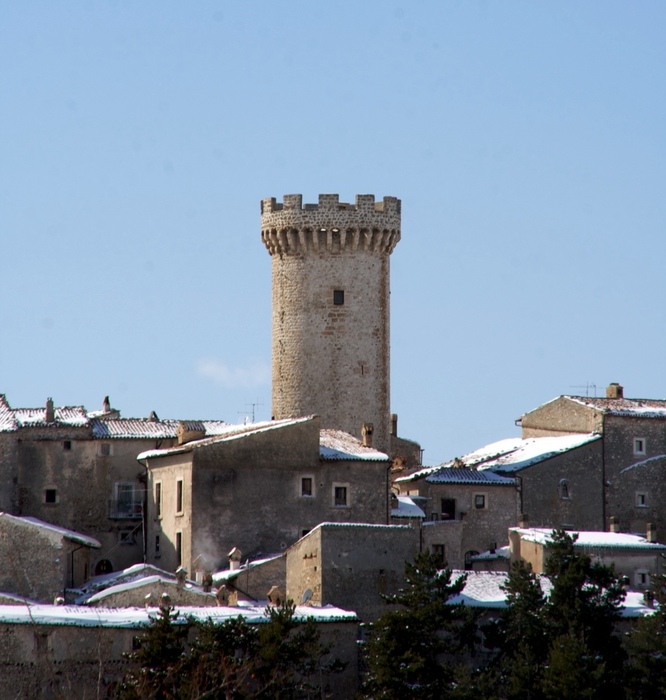The Guatemalan writer Rodrigo Fuentes.RR.SS.
This is the web version of Letras Americanas, the newsletter of EL PAÍS America that
covers news from Río Bravo to Tierra del Fuego every 15 days
.
To receive it every Sunday you can subscribe
at this link
.
"As a writer, you would seem to be obsessed with violence," a famous interviewer sent by
The Paris Review
to William Faulkner's home asserted years ago.
"Stating that is as stupid as telling a carpenter that he is obsessed with his hammer," replied the old writer, who must not have been in the best of moods, sentencing the matter and revealing, incidentally, in that handful of words, the very heart of his work.
The carpenters, however, could have stopped the interviewer if he had not been surprised by the virulence of his interviewee's response, also giving as an example that tablajero with whom he starts
While I am dying
—along with
The noise and the fury
,
it seems to me, the book by Faulkner that has had the most impact on our literature—that is, to that man who shapes the drawer in which the mother of the family will rest, although after crossing the United States within that same coffin and as a fresh corpse, they not only possess and are obsessed with their hammer.
That is to say, the interviewer should have continued, if he had not dwarfed himself, if he had allowed himself to be infuriated by the fleas of the one who, surely and with apologies to James Joyce and Virginia Woolf, before him, and to Malcolm Lowry, Ursula K Leguin and Cormac McCarthy, later, was the English-language writer who most influenced our coordinates throughout the 20th century —García Márquez put it another way: “The Faulknerian method is very effective in telling the Latin American reality.
That is to say, we were seeing this reality and we wanted to tell it and we knew that the European method did not work, nor did the traditional Spanish method;
and suddenly we find the Faulknerian method, very adequate to tell this reality.
Ultimately, it's not uncommon because Yoknapathawpa County has Caribbean shorelines;
But let's go back a few lines above: I mean, I was saying that the interviewer should have said if he had been brave, carpenters have other tools with which they are equally obsessed.
The brush and the saw, for example.
Or the tape measure, the level, the squares, the wedges and not to mention the nails.
Clearly, that's even more stupid, Faulkner would have replied, then: carpenters may be obsessed with the saw and planer, but not with the tape measure, level and squares.
Moreover, a good carpenter does not need the latter, because he can supply them with his trade, just as a good writer chooses by eye the arc of his narrative, the balance of what he tells and the supports of the story.
With regard to nails and wedges, the matter is totally different.
And it is that,
by staying there, by being part of the final work, physically, they become material, just like wood and glue.
Nails and wedges are, then, what words and silences are.
the other tools
If we accept that violence is the hammer —one hears its blows rumble, which can reach different tones, as well as be caused by both material and emotional shock, from
Tomochic
to
Pedro Páramo
and
Los memorias del porvenir,
from
Martín Fierro
up to
Los Siete Locos
and
Zama
, but also in much more recent works such as
Racimo,
by Diego Zúñiga,
The Disappearance of the Landscape
or
Thousands of Eyes,
by Maximiliano Barrientos,
Nefando,
by Mónica Ojeda,
The Adventures of China Iron,
by Gabriela Cabezón camera or
Map of Other Worlds,
by Rodrigo Fuentes—what would be that saw and brush that we writers could also be obsessed with?
Forgetting the journalist, Faulkner and the influences of other languages on ours, that is, considering the coordinates of interest in this
newsletter,
one answer —although of course there will be many others as correct as this one— could be corruption and dispossession.
Corruption and dispossession, issues that, like violence, have obsessed us since the
Very Brief Account of the Destruction of the Indies
and the
Royal Commentaries on the Incas
by Inca Garcilaso de la Vega and whose screeching and screeching can be heard in books as recent as
Huaco portrait,
by Gabriela Wiener,
Guerras del interior,
by Joseph Zárate,
Roza tumba quema,
by Claudia Hernández and, again, but not by chance,
Mapa de otros mundos,
by Rodrigo Fuentes, a novel that was recently released in Guatemala and which, more Beyond the violence and dispossession, it is a true fresco of corruption.
So let's focus, then, on the saw and put aside the brush, as we did with the hammer, that is, in one fell swoop, or as we did, also in one fell swoop, with the journalist, with Faulkner and with the influences of other languages —before, in addition, to complicate ourselves even more and start talking about the influences of other languages and of Clarice Lispector, Witold Gombrowicz or André Breton—.
Let's focus, he said, on corruption, because we'll talk about dispossession, of course, in another installment of these
American Letters
—
, to focus on Rodrigo Fuentes's novel in this way, assuming, as the Guatemalan author does, that, as in the metaphor of violence, corruption is not just a one-off event in the material field, but rather it is an event that extends over time and that also takes place in the field of culture, emotions and identities.
And it is that this type of corruption, which starts from the economic and political spheres to infect the moral and even the religious, and which in some way also starts from the private sphere to infect the social sphere and later returns like a boomerang that hits , again, the private and the social, in an endless cycle, just as it was an obsession for the viceregal literatures, of the centuries of independence and, of course,
Map of other worlds.
map of other worlds
On
Map of Other Worlds
Rodrigo Fuentes tells two stories: the clash of corruption with a country that is his and the clash of corruption with a family that is his.
In other words: the story of how corruption impacts an intimacy and how it impacts a nation.
To do so, he makes a box inside another, inside which there is one more: the first contains the story of his father, a former minister arrested after being indicted along with an entire cabinet for the alleged diversion of funds in a transportation project. ;
the second tells the story of his grandfather —murdered by order of the dictator Romeo Lucas García—, through the voices of the author's aunt and mother, and the third tells the story of the author himself, who suddenly finds himself before a double abyss, that is, before a precipice and an insurmountable cliff:
What makes Fuentes's novel powerful and memorable, however, is not only the double story, as much as it is: a son witnesses the trial and collapse not only of his father but of his world, nor is he the The fact that corruption - as we have already seen, this has happened again and again in the history of our literatures - is the saw that the author wields, is not even due to the fact that the writer's eye, as if he had written dozens of novels before and this was not the first, trace a complex and precisely threaded narrative arc, while achieving a watchmaker's balance between what counts and the supports with which it does so: the greatest success of Map of Other Worlds is in the nails and in the wedges.
And it is that Fuentes achieves, through words and silences, what he says and what he is silent, how he says and how he is silent, through, then, those elements that are foreign at first, but that in the end , after introducing them and turning them into part of the physical material of
Map of Other Worlds,
giving shape to a novel in which the questions that arise when closing the book matter as much as those that are imposed on us during reading: are we condemned to having the corruption infect even the processes that seek to end it?
It is an unlikely achievement, complicated and worthy of celebration: the language and the brutal honesty of the writer, the silences and the vulnerability of the character narrator, who shares his surprise and uncertainties with the reader, make us see illness and death in a similar way. healing.
And it is that the justice that should put an end to injustice, in our countries —as in the literature of our countries— cannot have just any form.
coordinates
Map of Other Worlds
was published by Sophos.
Huaco Portrait, The Adventures of Iron China, Racimo
and
Something Ours on Earth
were published by Random House.
Thousands of eyes
was published by El Cuervo, while
The disappearance of the landscape
by Periférico.
Nefando
saw the light thanks to Candaya, as well as
Roza, grave, burn
Laguna and Sixth Floor.
Of the rest of the books mentioned, there are multiple editions.







